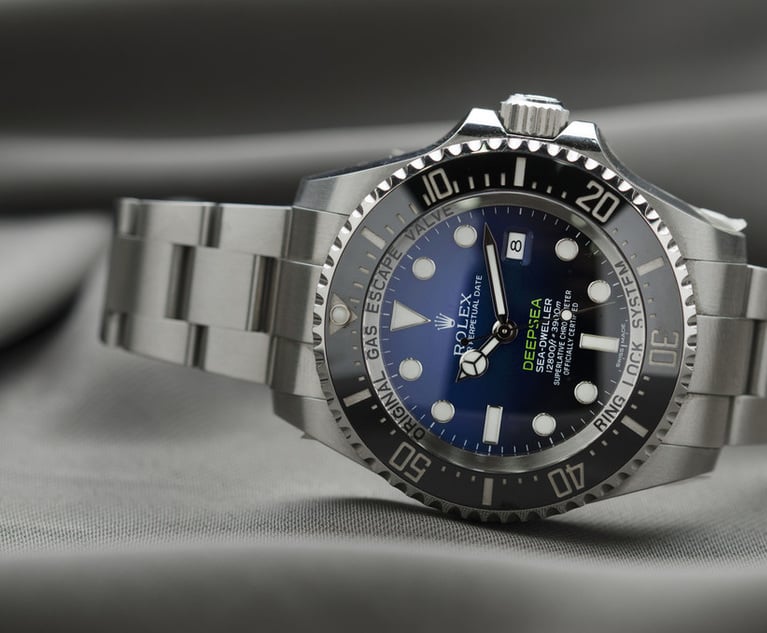A litigation update from the law firm of Wood Smith Henning& Berman (WSHB) said that mold bodily injury claims won't turninto the “new asbestos” any time soon because of successful defensestrategies, mold exclusions in policies, and plaintiffs'difficulties in proving their cases.
|The assertion was made in a report released by the firm lastmonth entitled, “Trends in Mold Bodily Injury Litigation: What LiesAhead for this Once Emerging Tort.” It stated that in 61 percent ofmold bodily injury verdicts, the plaintiffs were awarded nomonetary damages. (The report did not include claims involving moldas a cause of property damage.)
|WSHB said that mold claims won't achieve mass tort status likeasbestos because alleged injuries differ from case to case. Whereasasbestos causes similar symptoms and injuries in affectedindividuals, each mold case features different injuries, differenttheories as to the cause of the mold growth, and different distinctinjury-causing agents because there are thousands of different moldspecies. This means cases can't be tried in class-action format,which WSHB said is the main reason mold has not become similar toasbestos.
|But it's not just litigation that is keeping mold litigationfrom growing exponentially. WSHB noted several studies from theInstitute of Medicine and the American College of MedicalToxicology that concluded that there was not enough evidence toprove mold was toxic, and largely discredited claims of toxicinjuries as a result of exposure. These studies, the law firm said,help prevent cases from progressing to verdict.
|The law firm also speculated on the future of mold litigation.It predicted that other areas of the country would mirrorCalifornia, which experienced early publicity and success byplaintiffs before defendants began employing successful strategiesto refute such claims. It also said plaintiffs likely will focus onclaims of asthma and allergies rather than more serious claims suchas brain injuries or cancer, thereby reducing the monetary claimamounts.
|Despite these successes, the report's authors caution defenseattorneys not to rest on their laurels.
|“There is now sufficient scientific evidence undermining claimsof serious toxic injuries from mold, and plaintiffs face such highevidentiary hurdles, that a good defense is available in everycase,” said Steve Henning and Patrick Schoenburg, partners at WSHB,in the report. “However, the failure to employ these strategies inevery case allows a certain number of claims to reach jurieswithout the strongest defense being made. And each plaintiff'sverdict, even if not as frequent as predicted five years ago,encourages the filing of more cases.”
Want to continue reading?
Become a Free PropertyCasualty360 Digital Reader
Your access to unlimited PropertyCasualty360 content isn’t changing.
Once you are an ALM digital member, you’ll receive:
- All PropertyCasualty360.com news coverage, best practices, and in-depth analysis.
- Educational webcasts, resources from industry leaders, and informative newsletters.
- Other award-winning websites including BenefitsPRO.com and ThinkAdvisor.com.
Already have an account? Sign In
© 2024 ALM Global, LLC, All Rights Reserved. Request academic re-use from www.copyright.com. All other uses, submit a request to [email protected]. For more information visit Asset & Logo Licensing.








